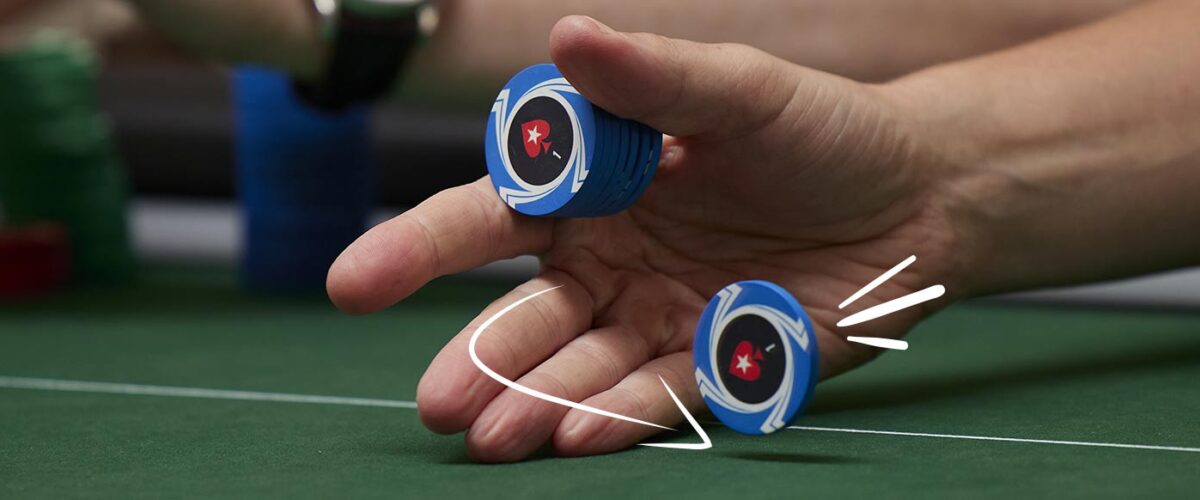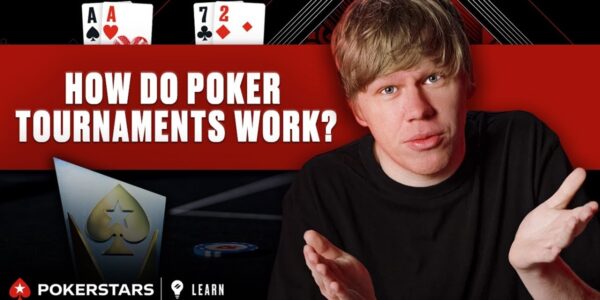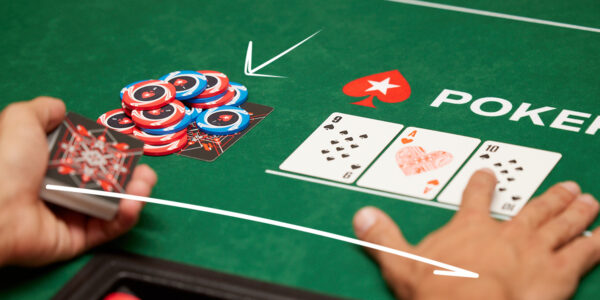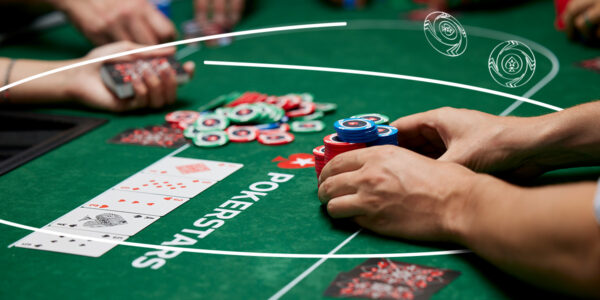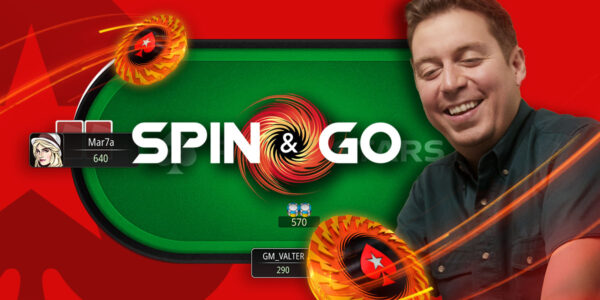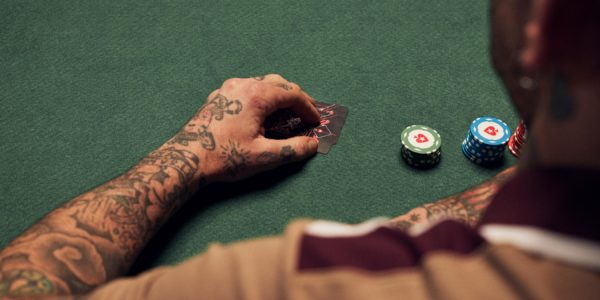How to Bluff in Bounty Builders
Knowing when to bluff or fold can be difficult in poker, but in this Learn With Lex video, PokerStars Team Pro player Lex Veldhuis shows how to play certain hands, depending on table circumstances. Using this technique, you can effectively make impactful calls with unconventional cards and have success in a range of tournaments.
Recognizing Ranges and Board Textures
One of the key skills Lex demonstrates is understanding how opponent ranges interact with different board textures. For example, on a board of 2-2-4-J-3 with two hearts, Lex makes a big call on the river since his opponent is very unlikely to have many 4’s or 3’s in their range from the big blind. Recognizing that the Ace-high is likely to be good here allows Lex to call down and win a huge pot.
Bluffing Isn’t Always The Answer
Another key lesson is knowing when strong hands can get you into trouble. Bluffing can’t always help you, especially when you are out of position or in multi-way pots. For example, Lex folds Ace Queen unsuited from under the gun when the big blind 3-bets. This is because of how he reads the table; he recognizes that he will be out of position against the strongest range, and also has players left to act behind. Continuing to play in the hope of strong cards is a bad position to be in.
Playing Ace Queen in Position
However, Lex also shows that when in position, strong hands need to be played aggressively for value. For example, when on the button facing a small blind open, Lex 3-bets Ace Queen for value, knowing that he has position and can play against a wide range of hands.
Bluffing and Value Betting
Lex also discusses how to balance bluffs and value bets with strong hands. For example, he check-raises certain flops with the intention of bluffing but will also value bet when he hits a high card to get maximum value from worse aces and pocket pairs. Knowing when each line is appropriate is key.
Playing Short and Deep
Finally, Lex also briefly mentions some adjustments for playing short stack and deeper stacked. When short, raise sizes need to be smaller to avoid being shoved on, whereas when deeper stack, larger raise sizes can be used to build bigger pots in position.
In summary, bluffing is a little more complicated than just playing weak hands. There are times to use flop, turn and river cards to your advantage. Equally, there are times when you have to hold your hands up and fold. This is usually when you have worked out how your opponents are playing and know you can’t even bluff your way to victory.


